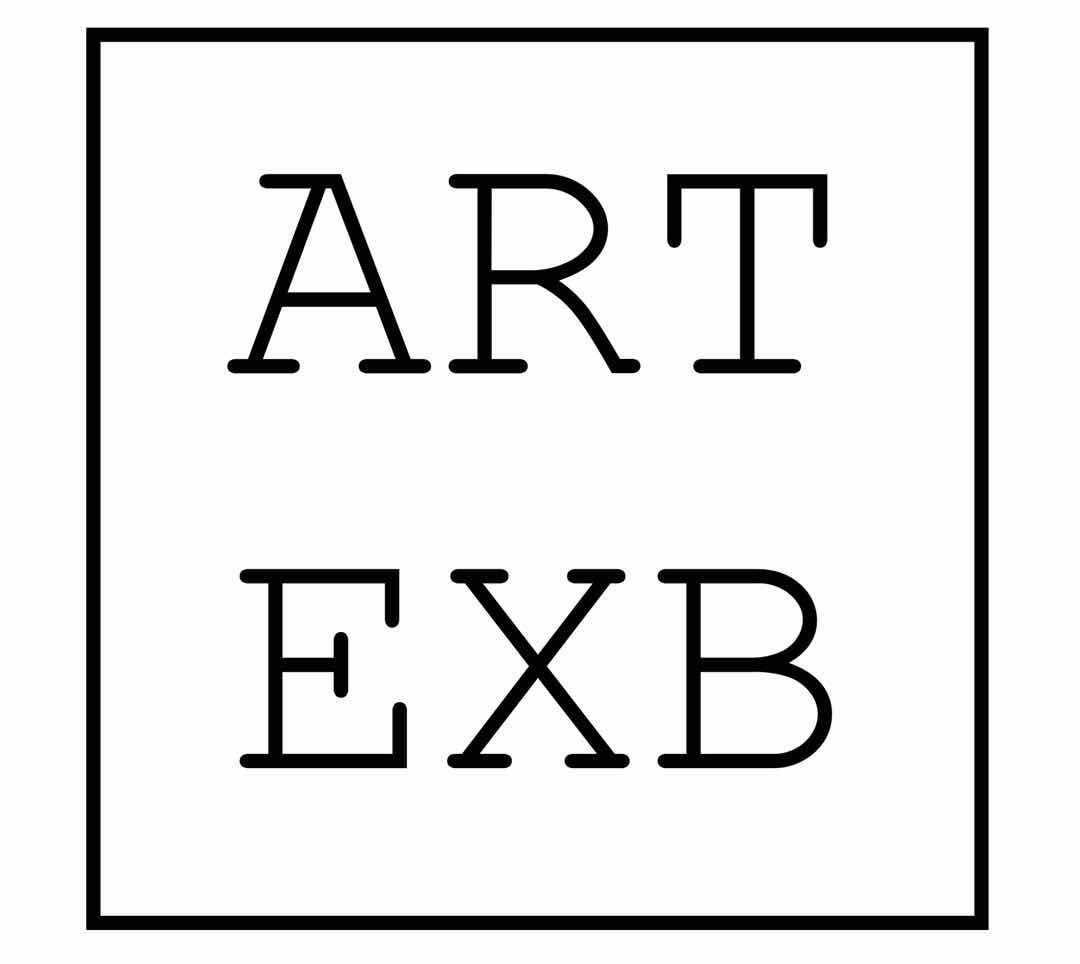梁远苇一直潜心研究湿壁画——尤其是文艺复兴早期艺术(约1420-1500年)——以及传统中国画——特别是宋(960-1279年)元(1279-1368年)年间作品——中的技法。她的工作室就像她思维世界一样,满是各种典籍和参考资料。画布之间散放着书本,摊开的书页上可以看到许多名画的细节,包括达芬奇的《最后晚餐》、马萨乔在布兰卡契小堂的壁画、安杰利科修士在圣马可修道院的壁画《Noli Me Tangere》,以及元朝钱选及吴镇的山水画复本。在梁远苇的实践中,回归古代艺术是出于更好地理解从古到今演变过程的需要。画布在空间构成与姿态两者的重复系统里被转换成某种更加类似于文字或编码的东西。本文开头引用的文本——莱昂纳德·科恩遗作“You Want It Darker”的歌词——从部分意义上反映了这一变化。这些文字栖息于梁远苇2017年新作当中。图案变得更暗更宽,在探索人类灵魂的深度上更进一步。
梁远苇的作品富含对不同资源的参照指涉,通过艺术家自己选取的主题,对重复与可复制性的体系提出质疑。它首先是关于人性的,关于构成人性的基本要素:印象、认知与情感。
– Loïc Le Gall,“勘玉钏” 策展人
‘You want it darker. We kill the flame.’ — Leonard Cohen
What is behind the stage curtain? The English and Italian titles of the exhibition both imply this essential question. In opera and theatre, this hanging cloth reveals the performance of actors and actresses, separating the real world from the imaginary one. Behind the Curtain unveils the secret and intimate nature of Liang Yuanwei’s work. It is also a tribute to Venice, to the mythical opera house Teatro La Fenice, and to the Carnival of Venice, during which crowds of revellers hiding behind their masks roam alleys and canals of the city. The Chinese title is a direct borrowing from the name of a Peking opera whose intrigue lies in a pair of jade bracelets. The story naturally recurred in the artist’s mind when she was working on her new pieces. It evokes themes of duplicity, love, justice, and betrayal; it is also a paradigm, a representation of the world, a way of looking at things. The Peking opera is performed on a bare stage with minimal but highly symbolic props: a table and two chairs—objects that are similarly found in Liang’s installation work Early Spring—are used to reconfigure multiple scenes and add layers of meaning to the staged acts. This same paradigm exists in traditional Chinese paintings: the subjects remain, but the techniques differ.
In the early 2000s, Liang became known for works bearing the mark of conceptual art of the 1960s, but she eventually reinvented her practice. umustbestrong (2004-2006) is a pivotal piece in her oeuvre that exemplifies her approach to art making. A sort of self-persuasive mantra, the sculpture-poem foretells a practice penetrated by feelings, combining conceptual rigour with an expression of intimacy. In Liang’s art, everything becomes a matter of reminiscence and feelings. When a work takes shape, it manifests a lived moment, a fleeting memory, or a diffusing influence, sometimes inexplicable. It is then a work of exploration—a way back to the origin—of technique, history, and perception. A process of intense soul searching, Liang’s painting on the canvas develops into an opportunity for her to refocus on the feelings that constitute the nature of human beings.
Her series of paintings from 2015 (2015 no.1 to 2015 no.16) is significant to this introspection. Recollecting her childhood memory of a dress, which was then rendered as a motif in the series, she associated its shape, when creased, with its texture and sound. The evoking of mixed sensations of an object that has already disappeared can be seen as a peculiar sort of synesthesia, although it is not a neurological condition at all. Liang painted this specific object again and again, and it diminished on sixteen canvases in a process of digression and research on the scale. The act of painting allowed her to, at a personal level, reconstruct her memory and, of course, to materialise it. She stopped making further variation when the subject matter was exhausted and when she was fully satisfied. The 2015 series is thus marked by many personal, intimate touches; at the same time, it shows traces of the artist’s technical researches.
Liang has devoted herself to studying the technique of fresco—particularly the early Renaissance art (c.1420-1500)—and traditional Chinese paintings—especially those of the Song (960-1279) and Yuan (1279-1368) dynasties. As the mind of Liang, the studio where she works is full of books and reference materials. Among canvases are books, some opened, showing details of famous paintings such as Leonardo Da Vinci’s Last Supper, Masaccio’s frescoes of the Brancacci chapel, and Fra Angelico’s fresco of the San Marco Convent Noli Me Tangere, alongside reproductions of landscape paintings by Qian Xuan and Wu Zhen from the Yuan Dynasty. The return to ancestral art, as in Liang’s practice, is born out of a need to better understand its evolution from the past to the present. The canvas has been transformed in both the repetitive system of the construction of space and in the gesture: it turns out to be more like a piece of writing or a code. The epigraph of this text—an excerpt from one of Leonard Cohen’s latest songs ‘You Want It Darker’—reflects, in part, this change. These are words that live in Liang’s newest paintings created in 2017. The pattern becomes darker and wider, further exploring the depths of the human soul.
The oeuvre of Liang, with abundant references drawn from different sources, questions the systems of repetition and reproducibility through a motif of her choice. It is primarily concerned with humanity, with the fundamentals that constitute it: impressions, perceptions, and feelings.
– Loïc Le Gall, Curator of Behind the Curtain
